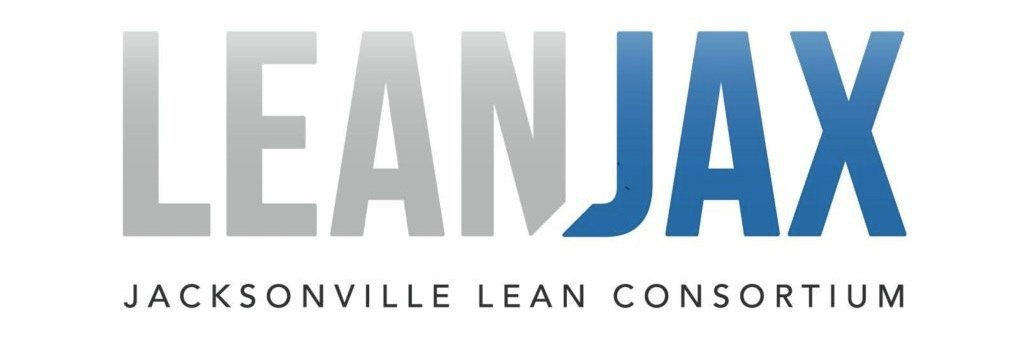Lean Paper Airplanes Exercise at KLS Martin
Exercise Overview
On October 18, I had the privilege of guiding a Lean awareness training session and facilitating a Lean paper airplane simulation for an exceptional group of engineers at KLS Martin.
The participants were tasked with building a basic dart paper airplane for a customer who demanded perfection (me!). The exercise consisted of four-five minute rounds, each showcasing the following production methods:
1. Craft Production: Each participant individually crafted a paper airplane from start to finish. The participants weren't provided with standard work for building the plane, so variation and frustration inevitably ensued. Also, as the customer, I was not pleased with their shoddy craftsmanship!
2. Mass Production: Participants worked in an assembly line, with each person responsible for a specific step in the paper airplane-making process. This approach highlighted the considerable waste produced by traditional batch production; specifically defects, overproduction, waiting, non-utilized talent, transportation, inventory, motion, and extra-processing (Hey, that’s all 8!).
3. Lean Production (Two Runs): Participants aimed to maximize value by eliminating waste and optimizing operations using Lean principles. The use of visual management tools like Kanban and mistake-proofing mechanisms improved worker morale, quality, speed, and even the cost associated with excess WIP.
This exercise was designed to showcase Lean principles in action, particularly the benefits of continuous flow and pull production. Additionally, the teams brainstormed countermeasures to enhance the paper airplane process. With each iteration, we saw significant improvements, reflecting the benefits of applying Lean to any process. We concluded the session by discussing ways the participants could improve the information flow in their engineering work.
Takeaways
Overproduction is the most dangerous of the eight wastes because it causes and compounds the detrimental effects of the other seven types.
Lean production offers significantly more value to internal and external customers than the traditional mass production approach to processing information and materials, as Lean practices help reduce inventory, lead time, space, rework, and improve quality, productivity, and customer satisfaction.
Pull > Push: The customer signals the operator when they are ready to receive goods or services in the exact quantity they require. This helps reduce WIP and provides workers with a more balanced workflow.
Workers communicate more effectively with one another in a Lean environment, as silos are broken down through the use of co-location and simple visual controls.
Conclusion
The Lean paper airplane exercise at KLS Martin vividly demonstrated the transformative power of Lean principles. By eliminating waste and optimizing processes, organizations can achieve remarkable improvements in safety, quality, speed,and teamwork. We look forward to continuing our journey of continuous improvement with KLS Martin and all our Lean Jax members.
For more information on the benefits of becoming a Lean Jax member, please reach out to:
James Bussell
Executive Director
Jacksonville Lean Consortium (“Lean Jax”)
904-742-2547












